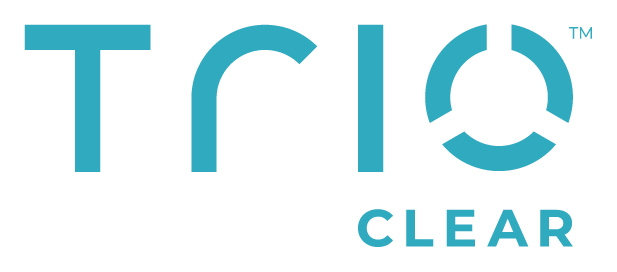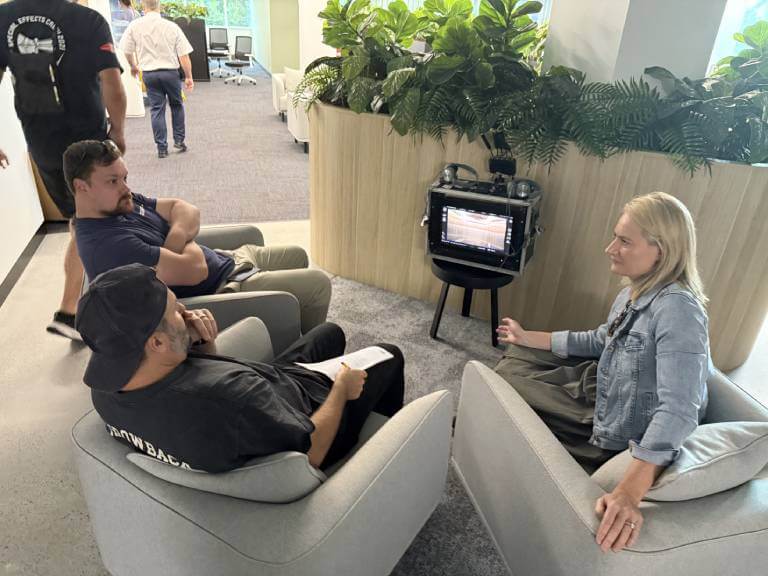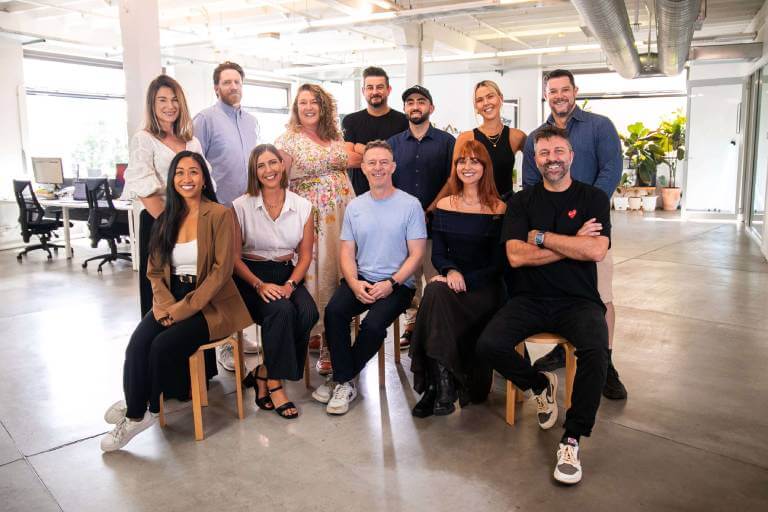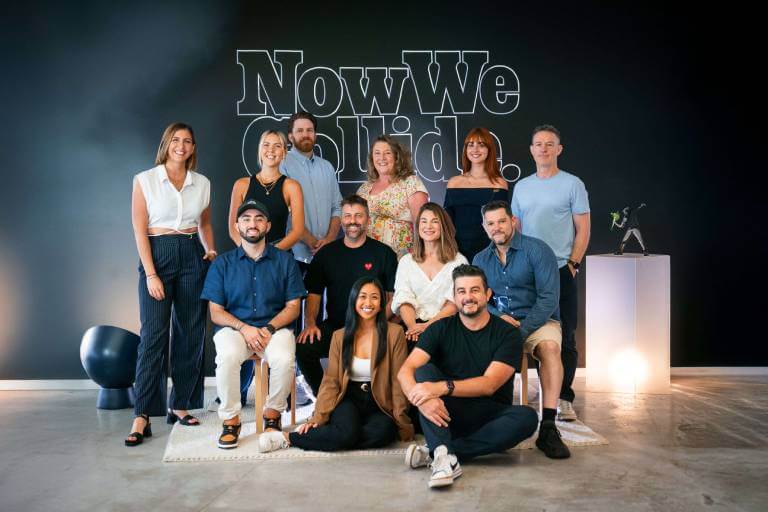WHEN IDEAS COLLIDE
NEW ONES BREAK FREE
When ideas collide, new ones break free. This is the ethos that shapes everything we do. By fusing creativity with innovation, we push boundaries to spark bold new ways for brands to connect with audiences. From pioneering AI-powered production pipelines to campaigns that shift culture with partners like ESPN, NBA Basketball School, Meta, Disney+, Adyen and Goodman Group, we’re driven by the belief that the most powerful ideas emerge at the point of collision - where imagination meets innovation.
SERVICES
Harnessing strategy, unleashing creativity for business success.
COLLIDE AI
AI-powered solutions driving breakthrough creative and content innovation.
HUBSPOT
Rethink what a CRM is for your business.
Our dedication to pushing boundaries and driving growth, means you gain a team obsessed with your success - turning ambitious goals into tangible outcomes through close collaboration, creativity and innovation.
Proudly collaborating with leading brands


















PEOPLE THAT MAKE US

NEXT GEN CREATIVE ROSTER
APAC’s first AI-powered director and creative roster, pioneering bold new forms of storytelling across content, experiences, film and animation. Fusing traditional media craft with generative AI, TheBird.AI is pushing boundaries and opening up entirely new possibilities for storytelling and content creation..
Visit TheBird.AI